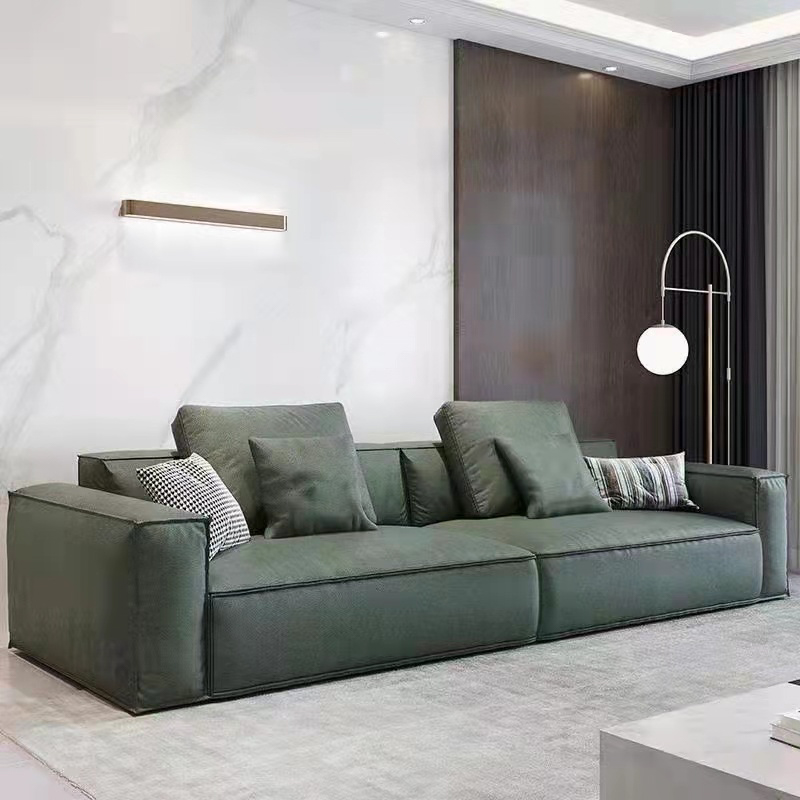Introduction
When it comes to home décor, one of the most iconic and recognizable patterns is the zigzag. A bold and dynamic pattern, the zigzag can add interest and energy to any room. However, many people are hesitant to incorporate this pattern into their home décor, perhaps because they’re not quite sure how to use it effectively. In this article, we’ll provide tips and tricks for incorporating zigzag patterns into your interior design, to help you create a stylish, lively, and visually compelling home.
The History of Zigzag Patterns
Before we dive into the tips, let’s take a brief look at the history of zigzag patterns. While the zigzag has been used for thousands of years, it was the ancient Greeks who first developed the chevron pattern, which is a specific type of zigzag made up of repeated V shapes. The chevron pattern was used extensively in Greek architectural design, and it continued to be used throughout ancient Rome and the Middle Ages.
In the modern era, zigzag patterns became popular in the Art Deco and Bauhaus movements of the early 20th century. These movements celebrated geometric shapes and bold, graphic designs, and the zigzag was a perfect fit. Today, zigzag patterns are still popular in interior design, whether used on walls, floors, furniture, or accessories.
Tip 1: Use Zigzag Patterns in Small Doses
One of the keys to incorporating zigzag patterns into your décor is to use them sparingly. While the zigzag is a bold and dynamic pattern, it can quickly become overwhelming if overused. Instead, aim to incorporate the zigzag pattern in small doses – for example, using a zigzag pillow or throw blanket to add a pop of visual interest to a neutral sofa.
Tip 2: Combine Zigzag Patterns with Solid Colors
Another way to use zigzag patterns effectively is to pair them with solid colors. This helps to balance out the boldness of the zigzag, and creates a stylish and cohesive look. For example, you might pair a black and white zigzag rug with a solid yellow sofa, or use a colorful zigzag wallpaper as an accent wall in a room with neutral-colored furniture.
Tip 3: Mix and Match Zigzag Patterns
While it’s important to use zigzag patterns in small doses, you can still create a cohesive look by mixing and matching different zigzag patterns. For example, you might use a black and white chevron throw pillow paired with a yellow and white herringbone rug. By pairing these different patterns together, you create a dynamic and visually interesting space.
Tip 4: Use Zigzag Patterns to Add Depth and Texture
In addition to adding visual interest, zigzag patterns can also be used to add depth and texture to a room. For example, a zigzag-patterned rug can draw the eye to the floor, creating a sense of visual depth. A zigzag-patterned wallpaper or accent wall can create a textured look that adds visual interest to a room.
Tip 5: Experiment with Different Zigzag Colors and Materials
Finally, don’t be afraid to experiment with different colors and materials when using zigzag patterns in your décor. While a black and white zigzag is a classic look, you might also try using bright colors, pastels, or metallic zigzag patterns. Additionally, you might use different materials – for example, a woven zigzag rug or a tiled accent wall – to add even more visual interest to a room.

